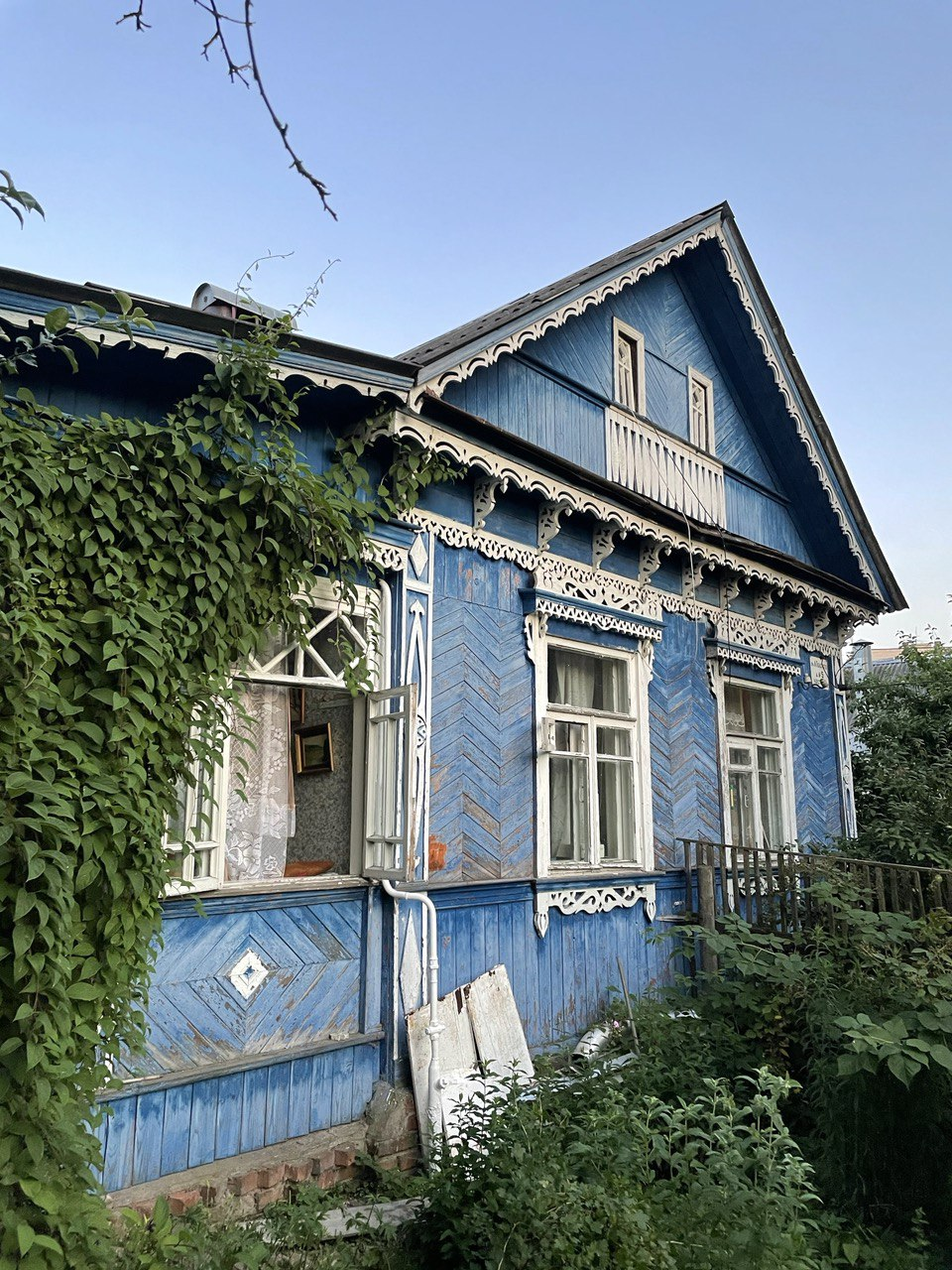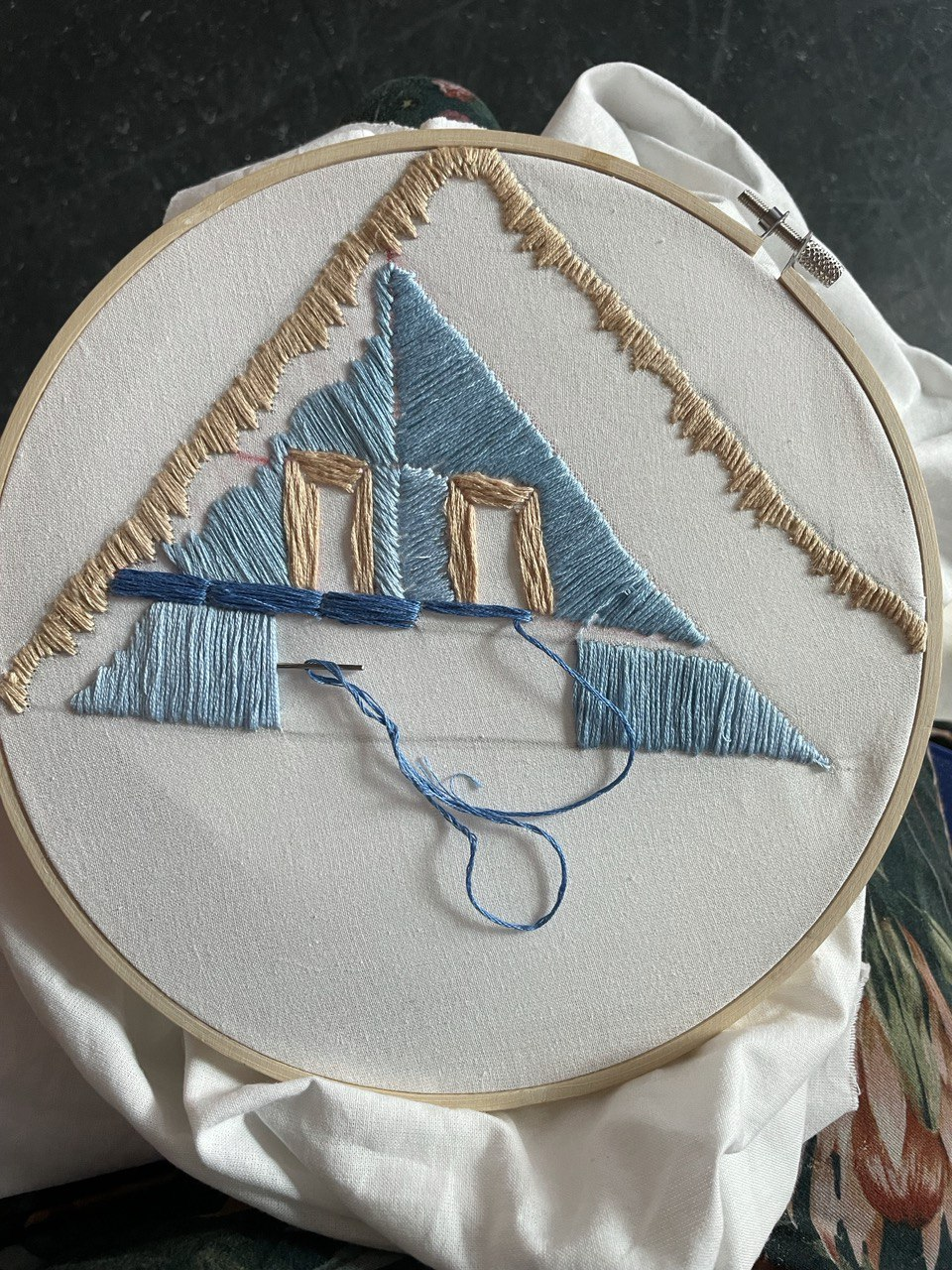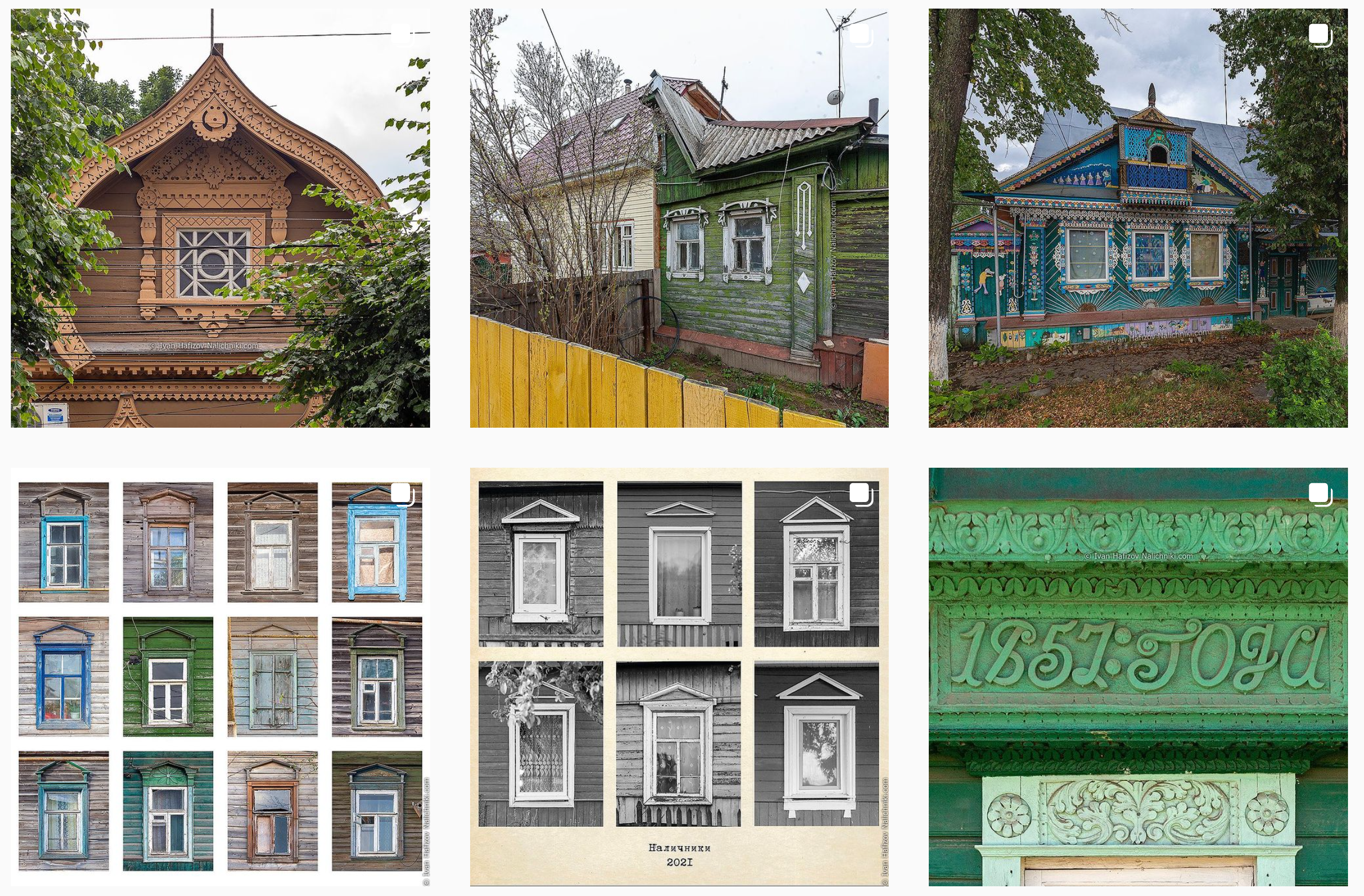home
Collective (cultural) feeling in my life


I started by looking at close to home things that brought a lot of emotion and were a big part of me life while being heavily integrated into a historical context of Eastern Europe. On the pictures above is a house build by my great grandfather in the 1930s. It has a characteristic style of Russian wooden architectonics that is associated with middle age village tradition but actually emerged at the end of 19th century and had it's most fruitful development period during the Soviet era. This house was assigned a status of an object of cultural heritage. It also holds a status of a house where my granddad lives, a house where I was told of on multiple occasions, a house where the terrace is non-usable because it is stacked with journals books and toys that my grandparents refuse to move away or sort through. Eventually, we refused to accept the cultural heritage status as it would mean more paper work and higher taxation rate. There are thousands of houses like this across post-Soviet area, most still lived in and declining the heritage status. Mine holds my family history but so do the other ones, and the histories are painfully alike. Shaped, morphed and broken by the same events tremendous in size that decided the fate of one and many households.
Rethinking and reliving this house, I made an embroidery of a part of it, reshaping it in another traditional crafting form.

The project "Nalichniki" (which is a name for a decorated window frame construction specific to Russian wooden architectonics) poses archiving forms of wooden architectonics as its goal. The collection is ongoing and separated by regions and time periods. It is visible through the collection how at historic times of war and crisis the sophistication of the frames was going downhill. So, a timeline of a decoratory element can be signifying of hunger and poverty leaving trace on generations of lives. I find drawing out the inter-personal and inter-events connections a practice that I mostly pursued during the semester.
The general public disagreement on the actual events unfolding throughout history and their moral angle doesn't change the innerwoven generational trauma.
The research behind intergenerational trauma is rather new and currently doesn't have a stable biological theory to ground it upon. The research conducted focuses on descendants of victims of holocaust, Native American communities and so on. The behaviors or traits supposedly explained by intergenerational trauma have only correlational links to the supposed cause. However, stepping aside from a world of molecular biology, therapy practices that address intergenerational pain show positive effects. Taking another step aside, traditional communities almost without fault have an ancestor cult and reason events of their current lives by those of their ancestors. The understanding of an ancestor cult as a practice where their spirits are consulted for advise would be incomplete and therefore incorrect.
Studying"More than human" in the course
The research presented in the previous part is a ground for my thoughts about transmission of feeling through stories, objects and generations. All forming an eco-system of subjectivism that is inhabited by entities same as infinitely defined by them. That connectedness is how I understand the "more than human" world.
In "The Utopia of Ordinary Habit" Ann Cvetkovich discusses ways of viewing depression and its manifestations in different domains. She also focuses on examples of cataloguing the ordinary. Her writings are close to my understanding of feeling transmission.
The connectedness of entities and events is one of key thoughts that I saw reinforced in Donna Haraway's writing "The Promices of Monsters", chapter "B. Outer Space: The Extraterrestrial" and during our walk with Renee Turner. Both occasions told stories that highlighted links that the world of objects and meanings formed. To some extent I saw difractory logic of such storyteling - there is no beginning, climax and denouement, instead threads of happenings are put next to each other in various combinations, and from there more threads can be traced multiplying the combinations to infinite amount.
Working process: fairytale meeting material
My material experiments began from an idea to create a diary of "what hurts". Originally inspired by Giorgia Lupi's writing on data design. Each day I would cut out an aluminum shape and mark with copper shapes the areas that were in pain. Starting from my body I moved outwards, and with time it turned out that pain takes shapes of natural events, letters and mythical creatures. Shapes of pain evolved beyond human and the meaning started shifting away from my experience. I was interested in the tropes that the shapes represented and how they came to represent pain in this case.


At the same time I was reading "Historical roots of a magical fairytale" by Propp. It deals with tracing the roots of tropes and events often described in fairy tales to its historic origins. The origins that paint a rather unflattering picture of early human life, cannibalism, painful initiation rites all included in a belief system that doesn't think a person an outsider to other entities but rather a part of them. I thought it curious that those meanings disassembled to symbolism still carry on to leave trace on us and our perception of the world as kids without us knowing the brutal back story behind their appearance. The idea of intergenerational pain that is more than a person comes back into play here. Truly pain carried through the myth and trope could be all encompassing for human kind and kinds that we are part of as they are part of us.
Final work "Жили-были"
We as a class self-organized into an exhibition to be able to show our work and create a space for discussion about "other than humanism".